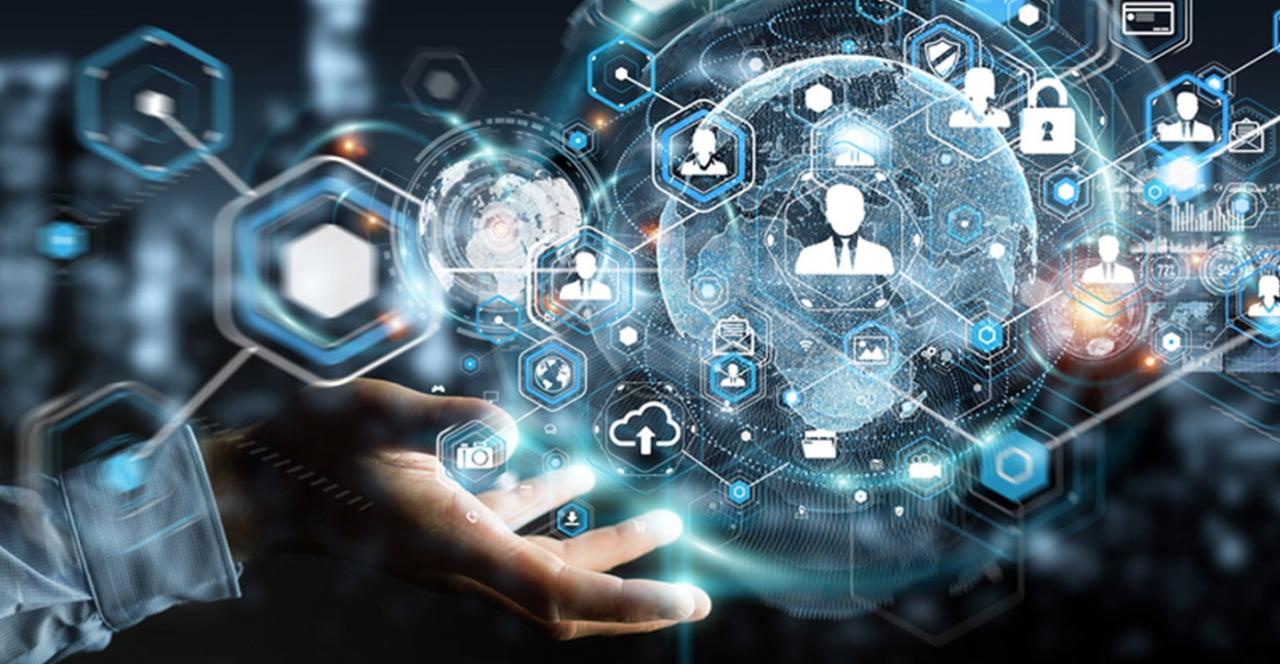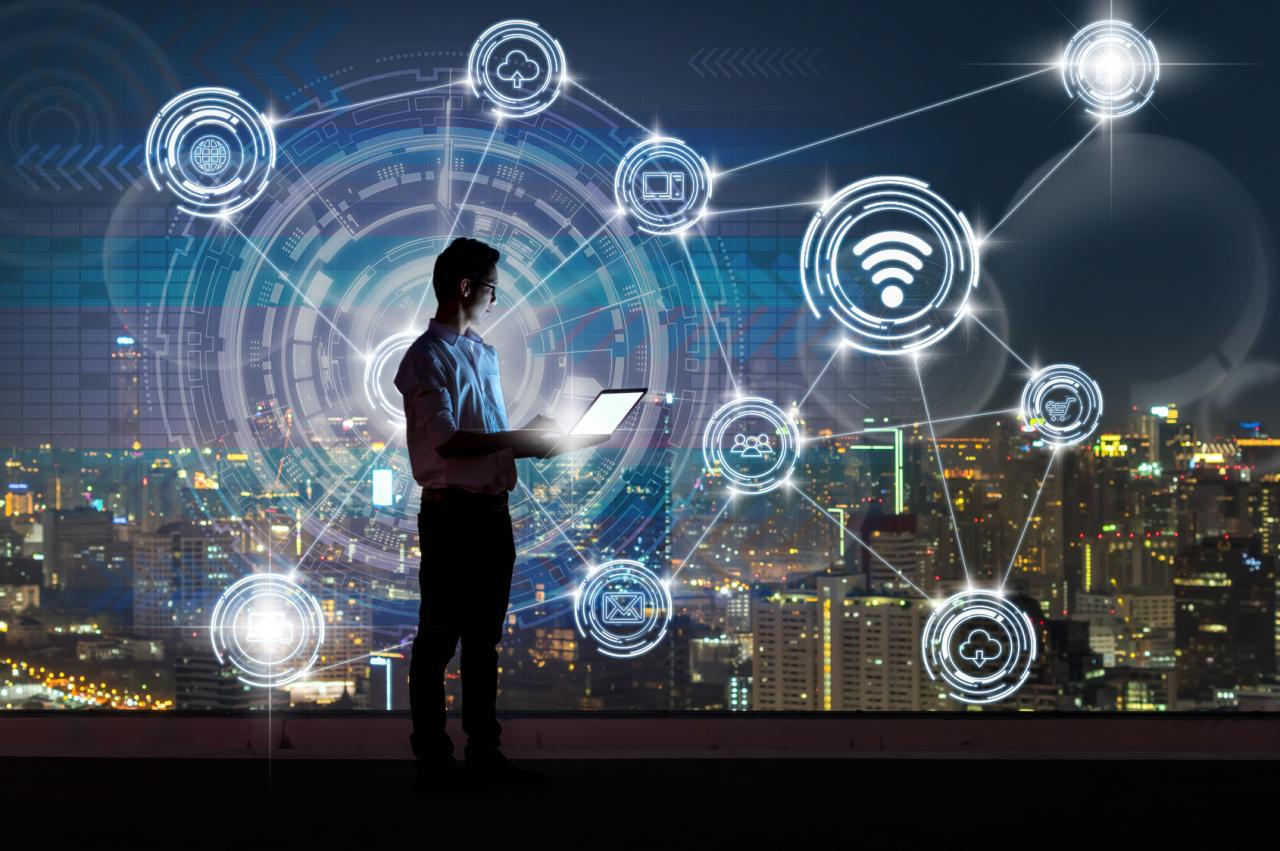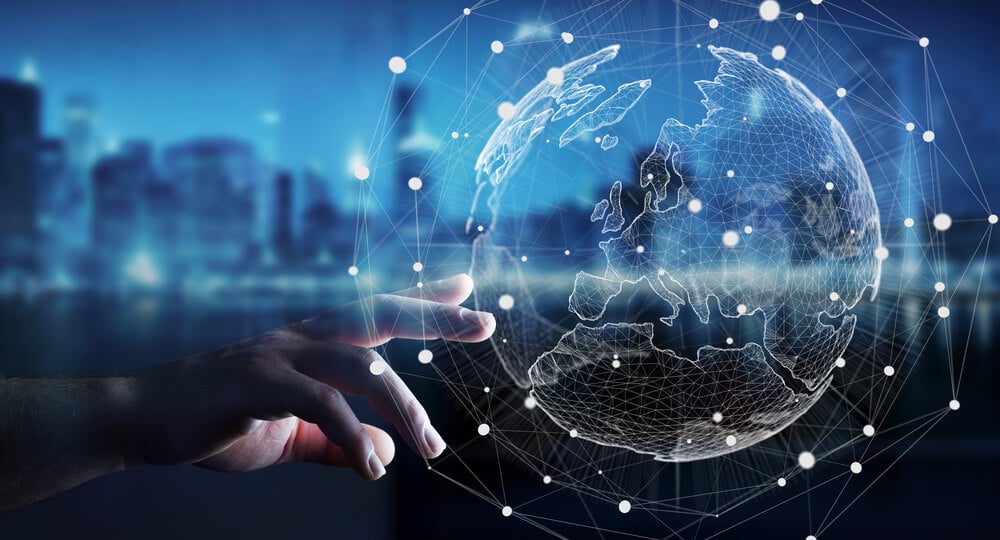The Dawn of the Next Digital Era
The tapestry of human existence is perpetually being rewoven, and today, the loom is powered by Artificial Intelligence. We stand at a pivotal moment, witnessing a shift far more profound than the advent of the personal computer or the mobile internet.
This isn’t just about faster apps or smarter gadgets; it’s about the fundamental reshaping of our daily rhythms, our professional commitments, and our personal fulfillment. For decades, the digital world was something we went to; now, it is an environment we live within, an omnipresent layer that augments reality and influences every decision, from what we buy to how we learn.
The promise of the digital age was to free up human time, yet for many, it resulted in an always-on culture, blurring the lines between work and leisure until they were indistinguishable.
Now, as AI matures from a clever tool into an intelligent partner, the conversation is shifting dramatically from mere connectivity to a purposeful pursuit of AI-driven life balance, a new contract between humanity and technology that prioritizes well-being and meaning over relentless productivity.
This grand transition, accelerating rapidly toward 2025, forces us to re-evaluate our definitions of success, presence, and even what it means to be human in a hyper-connected world. It is a moment of challenge and incredible opportunity, beckoning us to understand and embrace the subtle, yet powerful, ways AI is revolutionizing our sense of equilibrium. The future isn’t just automated; it’s artfully optimized for a better life.
The Remaking of the Remote Workplace

The landscape of work has been permanently altered by two forces: the ubiquity of high-speed internet and the arrival of sophisticated AI agents.
A. Autonomous Scheduling and Task Management
A. Gone are the days of manually juggling complex calendars and trying to prioritize an endless list of low-value tasks.
B. AI personal assistants now operate proactively, not just responsively, autonomously scheduling deep work blocks and deflecting digital noise.
C. These smart systems analyze your energy cycles and project deadlines, creating the optimal daily flow for maximum efficiency without burnout.
D. They automatically draft routine emails and manage minor correspondence, allowing professionals to focus their cognitive effort on creative and strategic challenges.
E. The result is a significant reduction in administrative burden, reclaiming hours previously lost to digital maintenance.
B. Global Talent and Cross-Border Operations
A. The digital lifestyle has unchained employment from geography, creating truly global, distributed teams.
B. However, this flexibility introduced immense complexity in compliance, particularly concerning international tax law and local labor regulations.
C. AI-powered compliance platforms are now essential, instantly analyzing and guiding remote workers and employers through the labyrinth of cross-border financial and legal obligations.
D. These tools ensure that a developer in Bali working for a company in Berlin remains compliant with both jurisdictions effortlessly and in real-time.
E. The seamless navigation of these regulatory hurdles is critical for sustaining the high-CPC niche of Remote Work Global Tax.
Financial Autonomy through Automated Investing

The fear and complexity surrounding personal finance are being dramatically reduced by intelligent financial tools.
A. Personalized Financial Coaching
A. Modern financial AI acts as a 24/7 personal coach, moving beyond simple budgeting apps to offer nuanced, data-driven advice.
B. It analyzes spending patterns, predicts future cash flows, and offers real-time recommendations on optimizing debt and savings strategies.
C. This system democratizes sophisticated financial planning, making it accessible to individuals regardless of their wealth or expertise.
B. AI in Investment Decisions
A. The trend of Automated Investing has accelerated, with algorithms handling asset allocation, portfolio rebalancing, and risk assessment with incredible precision.
B. These tools utilize predictive analytics far exceeding human capability, identifying market anomalies and capitalizing on fleeting opportunities.
C. Crucially, they remove the emotional element from investing, mitigating the common human error of panic selling or euphoric over-buying.
D. This blending of AI and finance is fundamentally reshaping the high-value niche of Personal Finance, leading to greater financial security for the digitally literate.
The Wellness and Health Tech Integration
The pushback against the “always-on” culture has fueled massive growth in technologies designed to protect and enhance human well-being.
A. Proactive Health Monitoring Wearables
A. Wearable technology has evolved from simple step-counters into sophisticated diagnostic hubs.
B. New 5G Health Monitoring Wearables can track dozens of biometric markers, from heart rate variability and sleep quality to advanced blood sugar levels and early signs of inflammatory response.
C. The continuous, real-time data stream, enabled by low-latency 5G networks, provides an unparalleled baseline of personal health.
D. AI analyzes this vast dataset to identify subtle deviations and potential health issues long before they manifest as symptoms, allowing for proactive intervention.
E. This technology moves healthcare from reactive treatment to preventative, personalized wellness management.
B. Digital Detox and Attention Management
A. A counter-trend to hyper-connectivity is the necessary practice of Digital Detox New Norm.
B. People are actively seeking to manage the mental fatigue caused by constant notifications and screen engagement.
C. AI-driven operating systems are now incorporating “focus modes” that intelligently filter non-essential information based on the user’s current context and cognitive load.
D. These systems don’t just silence the phone; they actively reorganize the digital environment to promote flow states and mental rest.
E. The emphasis has shifted to Screen Time Better Quality, where the value of a digital interaction is prioritized over its sheer duration.
The Transformation of Learning and Education
The digital lifestyle in 2025 means an end to fixed educational models, replacing them with dynamic, AI-tailored learning paths.
A. Customized Learning Journeys
A. AI tutors assess a student’s current knowledge, learning speed, and preferred method of absorbing information.
B. It then constructs a perfectly customized curriculum, drawing from vast global databases of content and resources.
C. This hyper-personalization makes the learning process significantly more engaging and effective than traditional, one-size-fits-all classroom methods.
D. The niche of Future Learning Virtual Classes is experiencing exponential growth, driven by the demand for certification and specialization in high-CPC fields like AI and blockchain.
B. Micro-Certifications and Career Agility
A. The rapid pace of technological change demands continuous skill adaptation, rendering the concept of a single, lifelong career obsolete.
B. Educational focus is moving toward verified micro-certifications and “stackable” skills that can be acquired quickly and applied immediately in the job market.
C. These virtual classes are delivered through highly immersive and interactive platforms, making the acquisition of new skills a fluid part of the professional Digital Lifestyle.
The Evolving Digital Marketplace and Security
The way we buy, sell, and protect our assets is undergoing a radical AI and blockchain-driven overhaul.
A. AI in Consumer Behavior and Shopping
A. The shopping experience is becoming fully integrated and predictive, exemplified by the trend of Gen Z Shopping AI.
B. AI analyzes billions of consumer data points to predict emerging fashion, tech, and lifestyle needs often before the consumer is consciously aware of them.
C. Retail platforms offer hyper-personalized virtual try-ons and product recommendations, significantly reducing decision fatigue and increasing conversion rates.
D. The line between browsing and buying is virtually eliminated, as purchasing becomes a seamless, contextual action within the digital environment.
B. The Need for Cyber Insurance and Data Value
A. As life becomes more entwined with the digital sphere, the potential damage from a cyber-attack or data breach escalates dramatically.
B. This has driven the high-value category of Cyber Insurance Must Have, an essential protective layer for the modern digital citizen.
C. Insurers use AI to dynamically assess personal and corporate cyber risk, offering tailored policies against identity theft, ransomware, and digital asset loss.
D. Simultaneously, a greater awareness of Personal Data Value Increase is emerging, with individuals demanding more transparency and compensation for the use of their digital footprint.
C. Blockchain and Digital Identity
A. The current reliance on centralized platforms for identity and ownership is proving vulnerable, pushing the adoption of decentralized solutions.
B. Blockchain Identity Protection is gaining traction, offering individuals sovereign control over their digital identities and sensitive credentials.
C. This technology promises to secure transactions and verify authenticity without the need for intermediaries, a critical step for a stable digital economy.
Leisure, Entertainment, and Community in the Metaverse
The digital lifestyle extends fully into leisure, where new realities and engagement models are taking shape.
A. The Creator Economy and New Content Models
A. The Creator Economy Boom Insight highlights the shift of economic power to individual content producers and niche communities.
B. Platforms are competing fiercely to offer creators the most lucrative and flexible monetization tools, often leveraging tokenization and direct fan engagement.
C. This trend is moving beyond simple video content into interactive experiences and virtual goods within immersive 3D environments.
D. The professionalization of digital play is evident in the rise of E-Sport Pro Career Guide material, underscoring the serious economic value of gaming and virtual competition.
B. Managing Subscription Fatigue
A. The proliferation of services has led to widespread Subscription Fatigue Management, a burden of managing dozens of recurring digital payments.
B. AI is stepping in to solve this by analyzing usage patterns, automatically pausing or recommending the cancelation of under-utilized subscriptions.
C. The digital consumer is seeking consolidation and smarter management of their expenditures, a key insight for the digital marketplace.
Conclusion
The AI Life Balance Revolution marks the end of a digital adolescence where technology often created more problems than it solved. The integration of powerful AI into our lives is not simply an efficiency play, but a fundamental move to optimize the human experience for meaning and presence. The future of the digital lifestyle is one where intelligent systems manage the complexity, allowing us to focus on creativity, relationships, and well-being.
Financial stability is enhanced by automated investing, removing anxiety. Health is proactively managed by continuous, personalized biometric monitoring. Work shifts from monotonous tasks to strategic collaboration with intelligent assistants.
Education becomes a fluid, lifelong process customized to individual potential. Digital security is fortified by decentralized identity and sophisticated risk protection. Ultimately, the successful adoption of this new technology means using it not to work more, but to live better. The promise of the digital age is finally being realized: freedom from the tyranny of the mundane.











